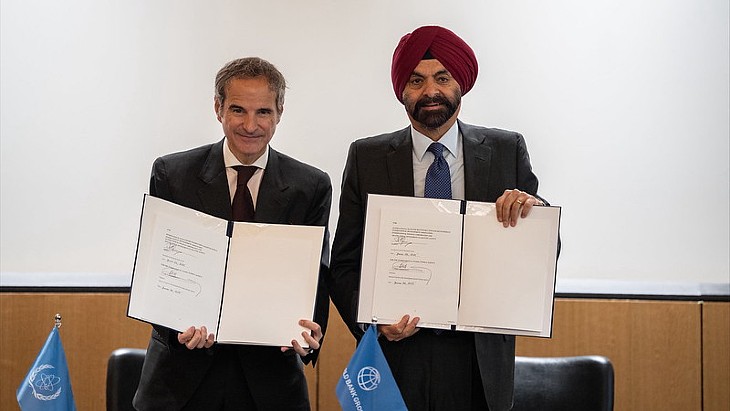Poland plans next stage of HTR development
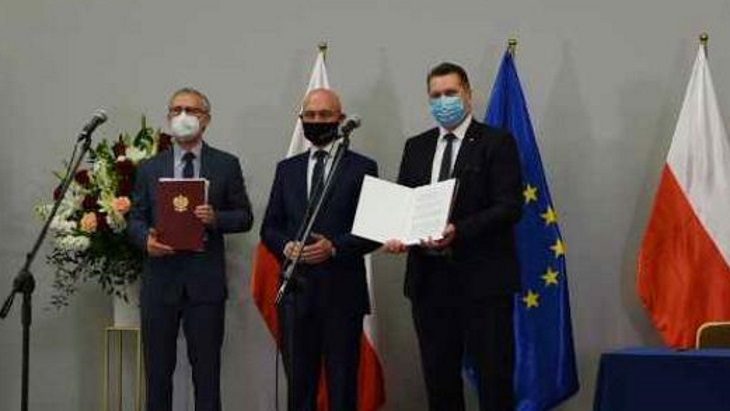
This follows an agreement NCBJ signed in early 2019 with the Energy Ministry to support the development of high temperature reactors (HTRs) in Poland. It is part of the country's Gospostrateg programme that was launched in 2017 and from which the HTGR project will receive funding of PLN18 million (USD4.8 million).
Noting that NCBJ has been operating the MARIA research reactor for more than 45 years, Czarnek said: "I am pleased that Polish scientists will once again be able to present their capabilities. We would like them to create a new quality - the design of the device needed for our economy and stimulating the development of science. Today we are giving them the resources they need to do so."
Kurtyka described Poland's use of an HTR as part of its climate goals. "The Ministry of Climate and Environment supports any initiative that may contribute to reducing greenhouse gas emissions into the atmosphere. Nuclear power is a tool that will meet the needs of the modern economy and industry without harming the environment. HTGR technology, provided it is commercialised industrially, could be such a tool in the future," he said.
The Ministry of Climate and Environment said HTR technology will be a way to provide Poland's chemicals industry with "a zero-emission, stable, safe and cheap" source of industrial heat and power.
"High temperature reactors are capable of producing heat supplied by carriers from 600 to 1000 degrees Celsius. In the future, they could replace existing conventional heat supply systems for chemical plants," it said, adding that the heat from HTGRs also enables the production of hydrogen for transport.
"Taking into account the innovative approach of HTR technology, the complexity of the task itself and the potential of the NCBJ centre and the multi-annual time horizon of the analytical work itself, some of which will be carried out under the signed agreement, in the future you can count on the launch of a completely commercial industrial HTR reactor in Poland," the ministry said.
NCBJ Director Krzysztof Kurek said NCBJ will first create the laboratory facilities required for the study of materials used in HTR technology.
"Materials for such devices must operate under extreme conditions, high temperatures, exposed to neutron radiation and high pressure. As part of the agreement, we will also perform the necessary technical analyses and simulations and safety analyses required before requesting a permit to build a nuclear facility," he said.
The Gospostrateg HTR project is being implemented by the Ministry of Energy, NCBJ and the Institute of Nuclear Chemistry and Technology. In January 2018, a report by NCBJ advised the Polish government that HTR technology represented an affordable and reliable heat source for domestic industry, which could help reduce the country's dependence on imported gas. HTRs could also reduce CO2 emissions by replacing coal-fired boilers. NCBJ is gaining knowledge on HTGR technology through its collaboration with the Japan Atomic Energy Agency and in January 2019 NCBJ signed a five-year agreement on academic exchange with the University of Tokyo.
The development of nuclear power in Poland is part of the government's PEP2040 policy, which is based on a just transition, a zero-emission energy system and good air quality. As part of this policy, Poland plans to build six nuclear power units by 2043 to help it transition away from coal and reduce its reliance on imported gas.
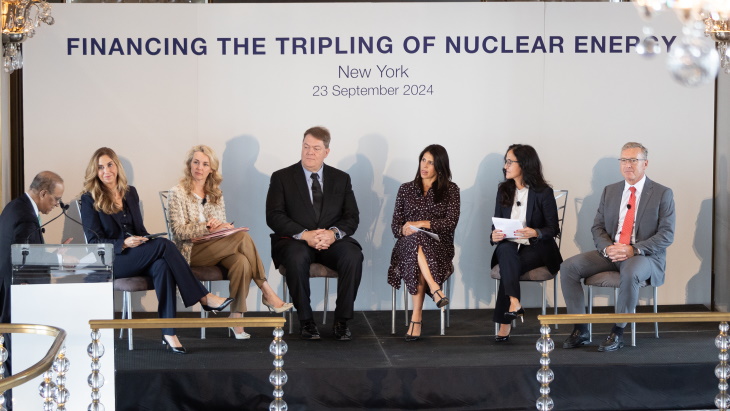
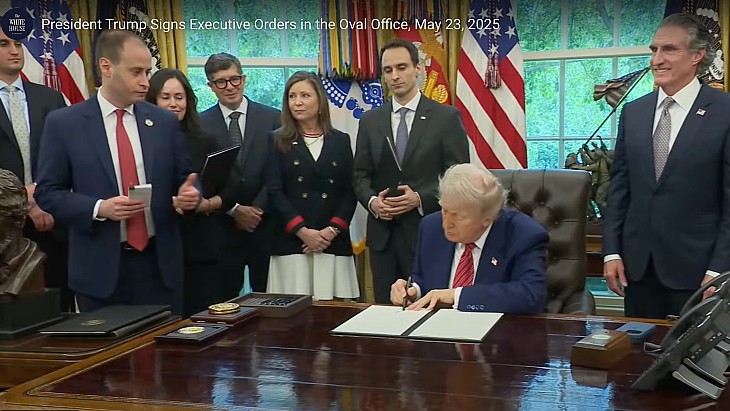

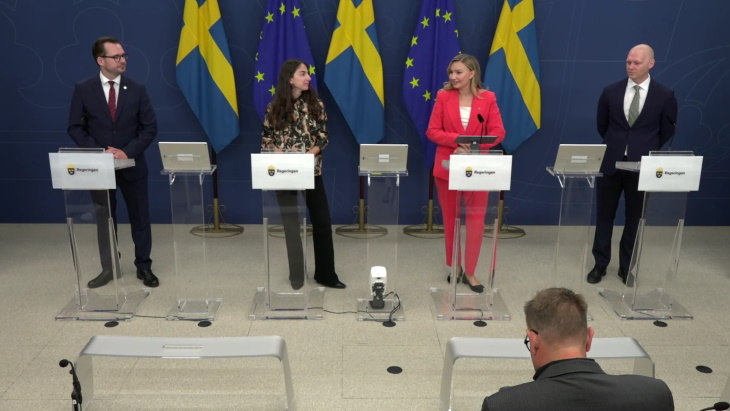





..._58412.jpg)
